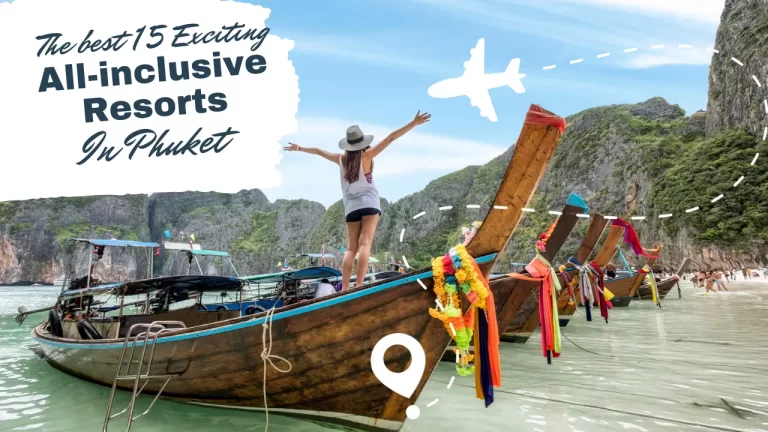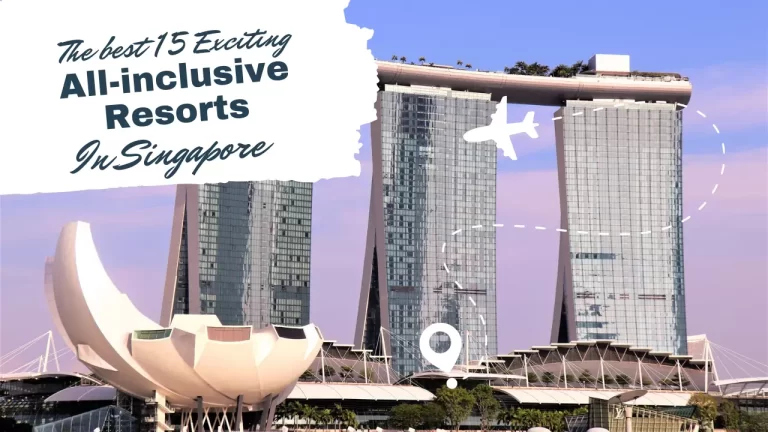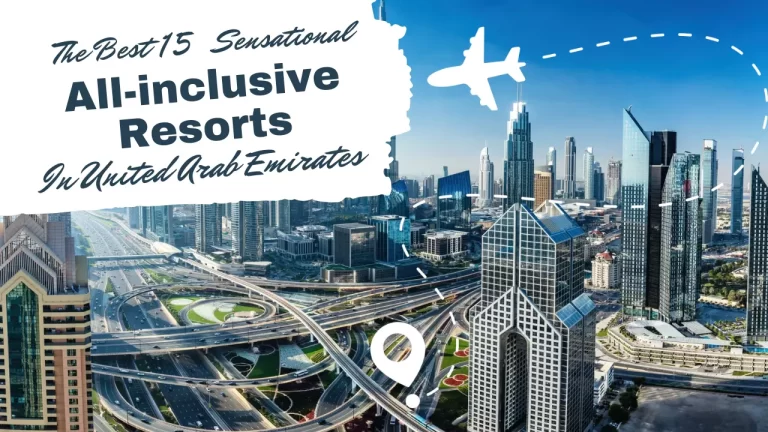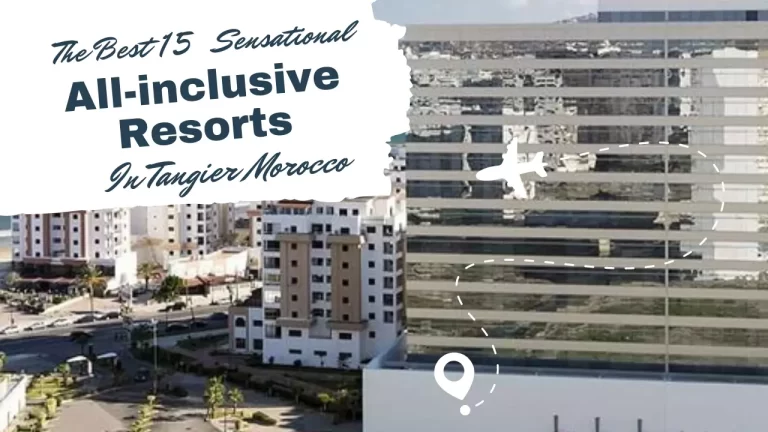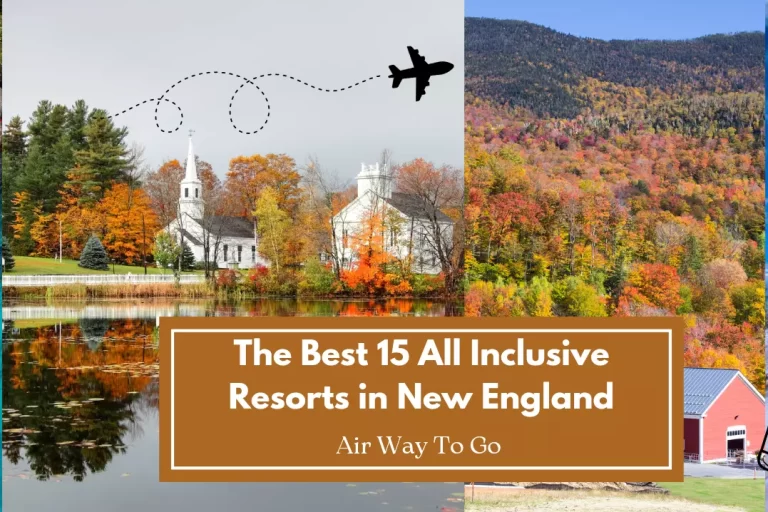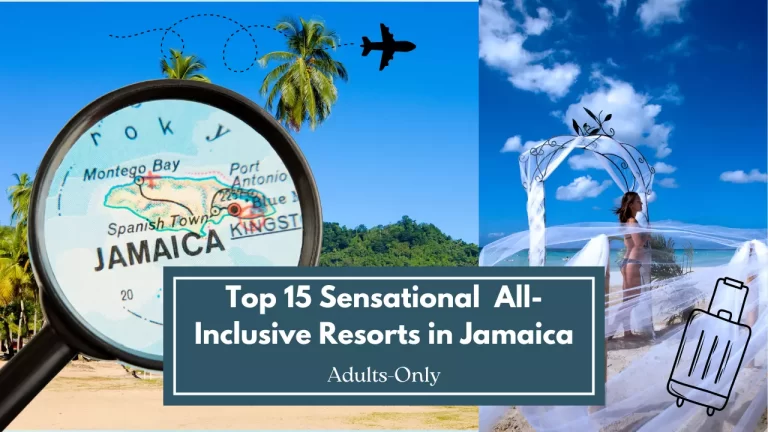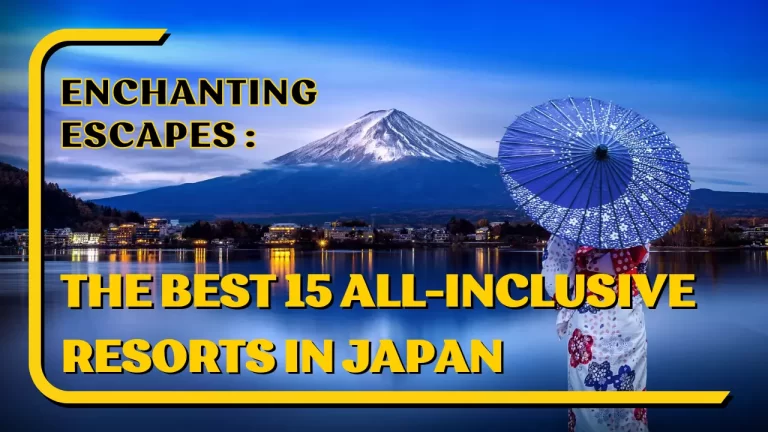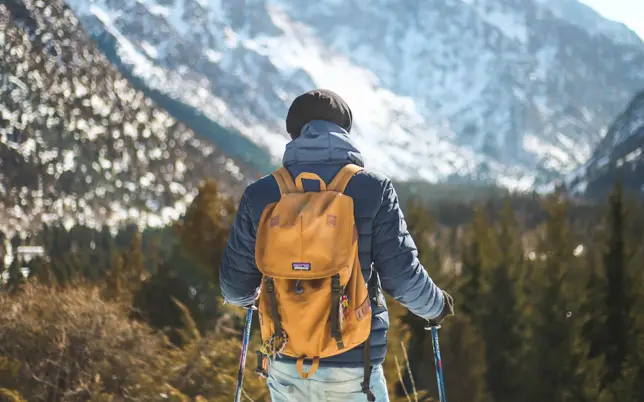
Are you ready to embark on the adventure of a lifetime? In this comprehensive guide, we’ll delve into the exhilarating world of the Everest Camp Trek. From navigating rugged mountain trails to immersing yourself in the rich culture of the Himalayas, join us as we explore every aspect of this iconic trekking experience. Whether you’re a seasoned trekker or a novice adventurer, get ready to discover the beauty, challenges, and rewards of trekking to the base of the world’s highest peak
Table of Contents
Route and Itinerary
The Everest Camp Trek offers several routes and itineraries, each with its own unique highlights and challenges. Choosing the right route and itinerary is crucial to ensure a fulfilling and safe trekking experience.
Popular Routes:
1. Classic Everest Base Camp Trek:
This route is the most popular and well-trodden path to Everest Base Camp. It typically starts from Lukla, passing through Namche Bazaar, Tengboche Monastery, Dingboche, and Gorak Shep before reaching Everest Base Camp. The return journey often follows the same route back to Lukla.
2. Gokyo Lakes Trek:
An alternative route to Everest Base Camp, the Gokyo Lakes Trek offers stunning views of turquoise glacial lakes and the surrounding Himalayan peaks. Trekkers follow a route that passes through the villages of Phakding, Namche Bazaar, Machhermo, and Gokyo, before crossing the Cho La Pass to reach Everest Base Camp. The return journey may follow the same path or take an alternative route via Phortse.
3. Three Passes Trek:
For more adventurous trekkers seeking a challenge, the Three Passes Trek offers a circuit route that crosses three high passes: Renjo La, Cho La, and Kongma La. This route provides breathtaking panoramic views of the Everest region and allows trekkers to explore off-the-beaten-path villages and landscapes.
Itinerary Options:
Standard 12-Day Itinerary:
A typical itinerary for the Everest Base Camp Trek spans around 12 days, including acclimatization days at key points like Namche Bazaar and Dingboche. This itinerary allows for a gradual ascent and descent, minimizing the risk of altitude sickness while ensuring sufficient time to enjoy the journey and sights along the way.
Extended Itineraries:
Some trekkers opt for longer itineraries, spanning 14 to 18 days, to allow for additional acclimatization days or side trips to places like Gokyo Ri or Everest Base Camp via the Three Passes route. These extended itineraries provide more flexibility and opportunities for exploration.
Difficulty Level
When embarking on the Everest Camp Trek, understanding the difficulty level is essential for proper preparation and a safe journey. The trek presents various challenges that adventurers should be aware of before setting foot on the trail.
Altitude:
One of the primary challenges of the Everest Camp Trek is the high altitude. Trekkers ascend to altitudes exceeding 5,000 meters (16,400 feet), where the air is thin, and oxygen levels are lower. Altitude sickness, characterized by symptoms like headaches, nausea, and fatigue, is a common concern. Acclimatization days are built into itineraries to allow the body to adjust gradually to the altitude.
Terrain:
The terrain along the Everest Camp Trek varies from rocky paths to steep ascents and descents. Trekkers encounter rugged trails, icy paths, and occasionally snowy conditions, particularly at higher elevations. Proper trekking footwear and trekking poles are recommended to navigate the terrain safely.
Physical Exertion:
The trek requires a moderate to high level of physical fitness. Trekkers should be prepared for long days of walking, typically ranging from 4 to 8 hours per day, with occasional strenuous climbs. Cardiovascular endurance and leg strength are essential for tackling the uphill sections and maintaining a steady pace throughout the trek.
Weather Conditions:
Weather conditions in the Everest region can be unpredictable and harsh, especially at higher altitudes. Trekkers may encounter cold temperatures, strong winds, and occasional snowfall, particularly during the winter and shoulder seasons. Proper clothing layers and gear are necessary to stay warm and dry in varying weather conditions.
Accommodation Options
Accommodation along the Everest Camp Trek varies from basic teahouses to more comfortable lodges, offering trekkers a range of options to suit their preferences and budget. Understanding the accommodation choices is crucial for planning a comfortable and enjoyable trekking experience.
Teahouses:
Teahouses are the most common form of accommodation along the Everest Camp Trek. These simple lodges offer basic amenities such as dormitory-style rooms or private rooms with shared bathrooms. Rooms are equipped with beds and blankets, and meals are served in communal dining areas. Teahouses provide a rustic and authentic experience, allowing trekkers to interact with fellow travelers and experience the local hospitality.
Lodges:
In recent years, more comfortable lodges have emerged along popular trekking routes, offering amenities such as private rooms with attached bathrooms, hot showers, and electricity. These lodges cater to trekkers seeking a higher level of comfort and convenience during their trek. While slightly more expensive than teahouses, lodges provide a comfortable retreat after a long day of trekking.
Camping:
For those seeking a more adventurous experience or trekking off-the-beaten-path routes, camping is an option. Trekkers can bring their camping gear or rent equipment from trekking agencies. Camping allows for greater flexibility in itinerary planning and provides a sense of solitude amidst the stunning Himalayan landscapes. However, camping requires more logistical planning and may not be suitable for all trekkers.
Cost and Budgeting
Understanding the costs associated with the Everest Camp Trek is essential for budget-conscious trekkers planning their journey to the Himalayas. From permits and accommodations to guides and meals, various expenses contribute to the overall cost of the trek.
Permit Fees:
Before embarking on the Everest Camp Trek, trekkers are required to obtain permits from the Sagarmatha National Park and the local government. The Sagarmatha National Park Permit and the TIMS (Trekkers’ Information Management System) Card are mandatory permits for trekking in the Everest region. These permits are typically obtained through trekking agencies or directly from government offices in Kathmandu or Lukla.
Guide and Porter Fees:
While hiring a guide or porter is optional, many trekkers opt for their services to enhance their trekking experience and lighten their load. Guide fees vary depending on their experience and level of service, while porter fees are usually based on the weight of the load they carry. Hiring a guide or porter can add to the overall cost of the trek but can also provide valuable assistance and support along the trail.
Accommodation and Meals:
Accommodation costs vary depending on the type of lodging chosen, with teahouses being the most economical option and lodges offering more comfort at a higher price. Meals at teahouses and lodges are usually included in the accommodation price, with menus offering a variety of local and international dishes. Budgeting for additional snacks and drinks along the trail is recommended.
Transportation:
Transportation costs include flights or land transportation to and from Kathmandu, as well as domestic flights from Kathmandu to Lukla, the starting point of the Everest Camp Trek. Flights to Lukla are subject to weather conditions and may incur additional costs if delays or cancellations occur.
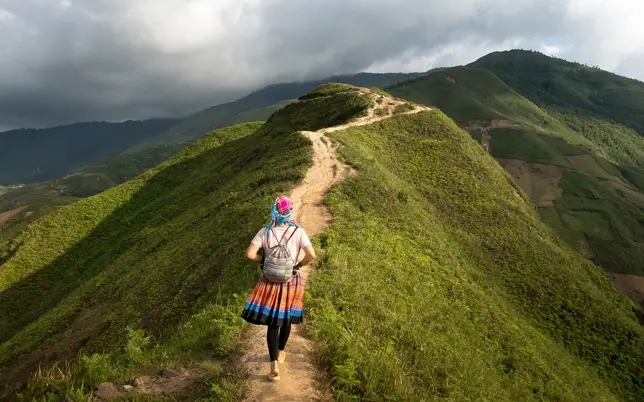
Safety and Health Considerations
Ensuring safety and prioritizing health are paramount when undertaking the Everest Camp Trek. The high altitude, rugged terrain, and unpredictable weather conditions present various challenges that trekkers must be prepared to face. Understanding and implementing safety measures are essential for a successful and enjoyable trekking experience.
Altitude Sickness:
Altitude sickness, also known as acute mountain sickness (AMS), is a common concern when trekking to high altitudes. Symptoms include headaches, nausea, dizziness, and fatigue. To mitigate the risk of AMS, trekkers should acclimatize properly by ascending gradually, staying hydrated, and listening to their bodies. If symptoms of AMS occur, it’s crucial to descend to a lower altitude and seek medical attention if necessary.
Hydration and Nutrition:
Staying hydrated and properly nourished is essential for maintaining energy levels and preventing altitude-related illnesses. Trekkers should drink plenty of water throughout the day, even if they don’t feel thirsty, and consume a balanced diet rich in carbohydrates, protein, and healthy fats. Pack nutritious snacks like nuts, dried fruits, and energy bars to fuel your trek.
Weather Awareness:
The weather in the Everest region can be unpredictable and harsh, especially at higher altitudes. Trekkers should be prepared for sudden changes in weather conditions, including cold temperatures, strong winds, and snowfall. Dressing in layers and carrying adequate clothing and gear for protection against the elements is essential. Pay attention to weather forecasts and be prepared to adjust your plans accordingly.
Emergency Preparedness:
Trekkers should be equipped with a basic first aid kit and have knowledge of basic medical procedures, such as treating blisters, minor injuries, and altitude sickness symptoms. It’s advisable to carry a means of communication, such as a mobile phone or satellite phone, in case of emergencies. Familiarize yourself with emergency evacuation procedures and the location of medical facilities along the trekking route.
Scenic Views and Highlights
The Everest Camp Trek is renowned for its breathtaking scenery and awe-inspiring natural beauty, offering trekkers a plethora of scenic views and unforgettable highlights along the trail. From towering Himalayan peaks to picturesque valleys and ancient monasteries, the trek is a visual feast for the senses.
Mount Everest:
The crown jewel of the Everest Camp Trek, Mount Everest, stands majestically at 8,848 meters (29,029 feet), towering above the surrounding peaks. Trekkers catch their first glimpse of Everest from various vantage points along the trail, including Namche Bazaar, Tengboche Monastery, and Kala Patthar. The sight of the world’s highest peak against the backdrop of the Himalayan skyline is truly awe-inspiring.
Himalayan Panorama:
The Everest region boasts an unparalleled panorama of snow-capped peaks, including Lhotse, Nuptse, Ama Dablam, and Cho Oyu, among others. Trekkers are treated to sweeping views of these majestic mountains as they traverse the rugged terrain of the Khumbu Valley. Sunrise and sunset vistas from vantage points like Kala Patthar and Gokyo Ri offer some of the most mesmerizing scenes in the Himalayas.
Sherpa Villages and Culture:
The Everest region is home to the legendary Sherpa people, renowned for their mountaineering prowess and rich cultural heritage. Trekkers have the opportunity to immerse themselves in Sherpa culture by visiting traditional villages like Namche Bazaar, Khumjung, and Pangboche. Explore ancient monasteries adorned with colorful prayer flags, interact with local Sherpa families, and learn about their customs and traditions.
Dudh Koshi River Valley:
The trekking trail follows the scenic Dudh Koshi River Valley, traversing suspension bridges adorned with prayer flags and passing through lush rhododendron forests and alpine meadows. The rushing waters of the Dudh Koshi River accompany trekkers throughout their journey, providing a soothing soundtrack to the trekking experience.
Group Size and Experience
The group size and composition can significantly impact the experience of the Everest Camp Trek, with various options available to cater to different preferences and trekking styles. Whether trekking solo, with a small group, or joining a larger organized tour, choosing the right group size can enhance the overall trekking experience.
Solo Trekking:
Trekking solo offers the ultimate freedom and flexibility to explore the Everest region at your own pace. Solo trekkers have the opportunity to chart their own course, make spontaneous decisions, and immerse themselves fully in the trekking experience. However, solo trekking requires self-reliance, navigation skills, and confidence in tackling the challenges of the trail alone.
Small Group Trekking:
Joining a small group trek offers a balance between independence and companionship, making it an ideal option for solo travelers or small groups of friends. Small group treks typically consist of 6 to 12 members, allowing for personalized attention from guides and a sense of camaraderie among fellow trekkers. Group dynamics play a crucial role in small group treks, fostering friendships and shared experiences along the journey.
Organized Tours:
Joining a larger organized tour provides convenience, logistical support, and a structured itinerary for trekkers seeking a hassle-free trekking experience. Organized tours often include transportation, accommodation, meals, permits, and guided support, allowing trekkers to focus on enjoying the journey without worrying about logistics. While organized tours may lack the intimacy of smaller groups, they offer a social atmosphere and the opportunity to meet fellow adventurers from around the world.
Cultural Experience
The Everest Camp Trek offers more than just stunning landscapes and thrilling adventures—it provides a unique opportunity to immerse oneself in the rich cultural heritage of the Himalayan region. From encountering traditional Sherpa villages to exploring ancient monasteries, the trek is a journey of cultural discovery and enlightenment.
Sherpa Culture:
The Sherpa people are renowned for their hospitality, resilience, and mountaineering prowess. Trekking through the Everest region offers trekkers a chance to interact with local Sherpa communities and gain insight into their way of life. Visit traditional villages like Namche Bazaar, Khumjung, and Pangboche, where colorful prayer flags flutter in the wind and ancient customs are still practiced.
Buddhist Monasteries:
The Everest region is dotted with ancient Buddhist monasteries, each steeped in history and spiritual significance. Explore iconic monasteries like Tengboche Monastery, one of the largest and most important monasteries in the region, where trekkers can witness daily prayer ceremonies and soak in the tranquil atmosphere amidst stunning mountain vistas.
Festivals and Celebrations:
Trekking during local festivals offers a unique cultural experience, providing trekkers with a glimpse into traditional Sherpa festivities and rituals. Festivals like Mani Rimdu, celebrated annually at Tengboche Monastery, feature colorful masked dances, religious ceremonies, and cultural performances that showcase the vibrant heritage of the Sherpa people.
Traditional Practices:
Witness traditional Sherpa practices and customs firsthand, from yak herding in high mountain pastures to intricate handcrafts like weaving and thangka painting. Engage with local artisans and learn about traditional techniques passed down through generations, gaining a deeper appreciation for the cultural heritage of the Everest region.
Environmental Impact
Preserving the pristine environment of the Everest region is crucial for the sustainability of the Everest Camp Trek and the well-being of the local communities and ecosystems. Trekkers play a vital role in minimizing their environmental impact and protecting the natural beauty of the Himalayas for future generations.
Leave No Trace Principles:
Adhering to Leave No Trace principles is essential for minimizing environmental impact while trekking in the Everest region. Follow guidelines such as packing out all waste, disposing of waste properly in designated bins or facilities, and avoiding single-use plastics. Leave natural and cultural artifacts undisturbed and refrain from littering or damaging vegetation.
Responsible Waste Management:
Proper waste management is paramount in preserving the pristine environment of the Everest region. Dispose of all waste, including food wrappers, packaging, and human waste, responsibly and appropriately. Carry reusable water bottles and refill them at designated water stations to minimize plastic waste. Participate in organized clean-up efforts and support initiatives that promote environmental stewardship.
Respect for Wildlife:
The Everest region is home to a diverse array of wildlife, including endangered species like the snow leopard and Himalayan monal. Maintain a respectful distance from wildlife encounters and refrain from feeding or disturbing animals. Observe wildlife quietly and refrain from using flash photography, which can disrupt natural behavior and habitats.
Sustainable Tourism Practices:
Support local businesses, lodges, and guides that prioritize sustainable tourism practices and environmental conservation. Choose eco-friendly trekking agencies that implement responsible tourism initiatives, such as offsetting carbon emissions, supporting community-based projects, and promoting environmental education and awareness among trekkers.
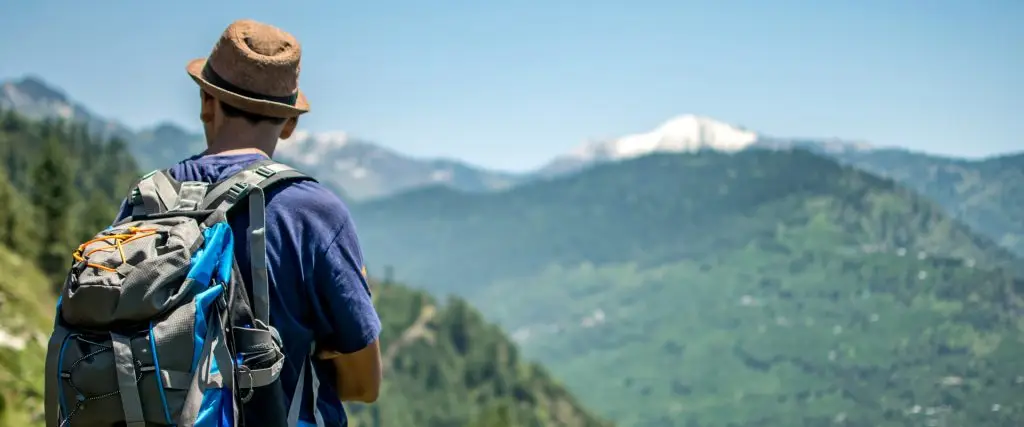
Equipment and Gear
Choosing the right equipment and gear is essential for a successful and comfortable Everest Camp Trek. From clothing and footwear to trekking poles and sleeping bags, having the proper gear can enhance safety, comfort, and enjoyment on the trail.
Clothing:
Layering is key to staying warm and comfortable in the variable weather conditions of the Everest region. Pack lightweight, moisture-wicking base layers, insulating mid-layers, and waterproof outer layers to protect against rain, wind, and cold temperatures. Don’t forget essentials like hats, gloves, and socks to keep extremities warm.
Footwear:
Invest in sturdy and supportive trekking boots with good ankle support and a grippy sole for navigating uneven terrain. Break in your boots before the trek to prevent blisters and discomfort. Consider bringing lightweight camp shoes or sandals for rest days and evenings at teahouses.
Backpack:
Choose a comfortable and durable backpack with sufficient capacity to carry essential gear, clothing layers, water, snacks, and personal items. Look for features like padded shoulder straps, a hip belt for weight distribution, and multiple compartments for organization.
Trekking Poles:
Trekking poles provide stability and support on uneven terrain, particularly during ascents and descents. Opt for adjustable poles with ergonomic grips and wrist straps for added comfort. Using trekking poles can reduce strain on knees and joints and improve balance while trekking.
Sleeping Bag and Sleeping Pad:
A quality sleeping bag rated for cold temperatures is essential for staying warm and comfortable at high-altitude teahouses. Choose a lightweight and compressible sleeping bag that fits your body size and sleeping habits. Additionally, bring a sleeping pad for insulation and cushioning against hard surfaces.
Booking Process and Flexibility
Navigating the booking process and understanding the level of flexibility offered by trekking agencies or tour operators is crucial for planning a seamless Everest Camp Trek experience. From selecting a trekking package to considering cancellation policies, trekkers should be well-informed to make informed decisions.
Trekking Agencies:
Research and choose a reputable trekking agency or tour operator with experience in organizing Everest Camp Treks. Look for agencies that prioritize safety, sustainability, and customer satisfaction. Read reviews, compare packages, and inquire about the level of customization and flexibility offered.
Booking Procedures:
The booking process typically involves contacting the trekking agency or tour operator to inquire about available trekking packages and dates. Once you’ve selected a package, you may be required to pay a deposit to secure your booking. Provide necessary information, such as passport details and emergency contacts, to complete the booking process.
Itinerary Customization:
Discuss your preferences and requirements with the trekking agency to tailor the itinerary to your needs. Consider factors such as trekking duration, accommodation preferences, and side trips or activities. A flexible agency will accommodate your requests and make adjustments to the itinerary as needed.
Cancellation Policies:
Understand the cancellation policies of the trekking agency or tour operator before finalizing your booking. Inquire about refund policies, cancellation fees, and deadlines for cancellations. Choose an agency that offers reasonable cancellation terms and provides clarity on their policies to avoid any misunderstandings.
Conclusion and Recommendation
Embarking on the Everest Camp Trek is a journey of a lifetime, offering unparalleled adventure, breathtaking scenery, and rich cultural experiences in the heart of the Himalayas. Throughout this blog post, we’ve explored various aspects of the trek, from route options and accommodation choices to safety considerations and environmental impact.
After considering all the factors, we recommend that trekkers carefully assess their preferences, fitness level, and trekking goals when choosing the right Everest Camp Trek option. Whether trekking solo, joining a small group, or opting for an organized tour, there’s a trekking experience to suit every adventurer’s needs and desires.
Additionally, we encourage trekkers to prioritize safety, environmental responsibility, and cultural respect throughout their journey. By adhering to Leave No Trace principles, supporting sustainable tourism practices, and embracing the rich cultural heritage of the Everest region, trekkers can contribute to the preservation of this iconic trekking destination for future generations to enjoy.
In conclusion, the Everest Camp Trek promises an unforgettable adventure filled with breathtaking landscapes, cultural immersion, and personal triumphs. With proper planning, preparation, and a spirit of adventure, trekkers can embark on this epic journey with confidence, knowing they are about to embark on the adventure of a lifetime in one of the world’s most spectacular mountain regions.
